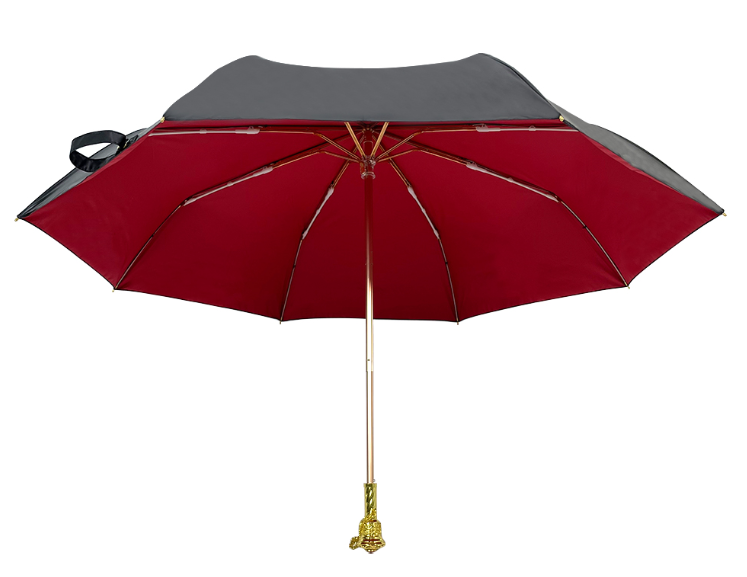Introduction: Umbrellas are a ubiquitous part of modern life, protecting us from rain and sun with their cleverly designed canopies. However, it's the often-overlooked umbrella frames that make these devices truly ingenious. Behind every effective and reliable umbrella lies a sophisticated frame structure that supports the canopy and ensures its functionality. This article delves into the various ingenious designs of umbrella frames, showcasing the engineering and innovation that have evolved over centuries to create the umbrellas we know today.

1.The Evolution of Umbrella Frames: Umbrellas date back thousands of years, with their origins traced to ancient civilizations like Egypt, China, and Greece. Early versions consisted of simple frames made from materials like bone, wood, or bamboo, supporting oiled paper or fabric canopies. Over time, these frames evolved as new materials and manufacturing techniques became available.
2.The Classic Stick Umbrella Frame: The classic stick umbrella frame is characterized by a single central shaft that supports the canopy. It features a collapsible design, enabling the umbrella to be folded and unfolded easily. The frame's ingenious mechanism includes ribs that connect to the central shaft and open outward when the umbrella is deployed. A tension system, often involving springs, keeps the ribs extended and the canopy taut.
3.Automatic Opening Mechanisms: In the mid-19th century, the automatic umbrella was invented, revolutionizing the user experience. This design includes a button or switch that, when pressed, triggers a spring-loaded mechanism to automatically deploy the canopy. This innovation eliminated the need for manual opening and closing, making umbrellas more convenient and user-friendly.
Post time: Aug-30-2023



